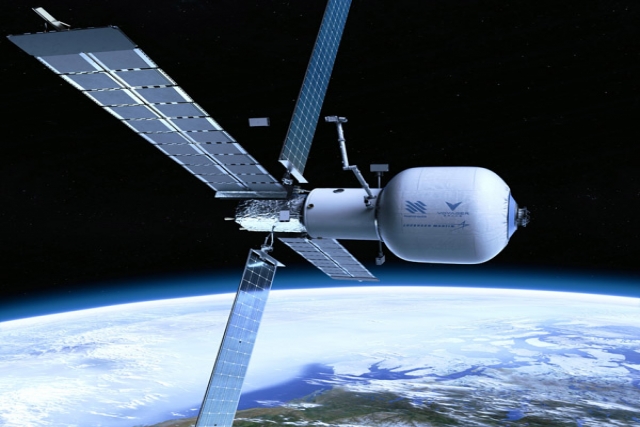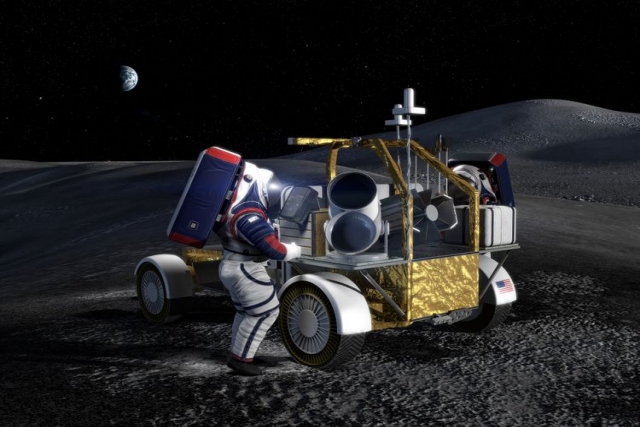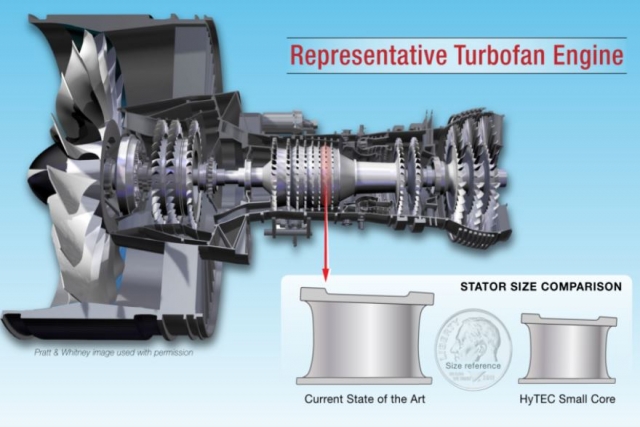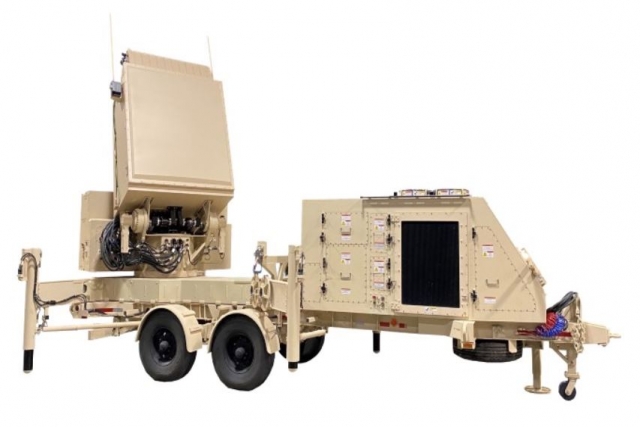NASA Selects Companies to Build Commercial Space Station

NASA awarded contracts to companies to build first-of-its-kind commercial space station.
The first three member team consisting of Nanoracks, Voyager Space and Lockheed Martin won $160 million to build the space station. Northrop Grumman also announced it signed a $125.6 million Space Act Agreement with the agency.
The contract award is part of NASA’s Commercial Low-Earth Orbit (LEO) Development program.
Lockheed Martin said its Starlab station will enable NASA’s initiative to stimulate the commercial space economy and provide science and crew capabilities prior to the retirement of the International Space Station (ISS).
The initial $160 million award to Nanoracks is made via a funded Space Act Agreement through 2025. This initial NASA-provided funding will be supplemented with customer pre-buy opportunities and public-private partnerships. Fully owned by Nanoracks, Starlab is planned to reach initial operating capability in 2027, which ensures continuous human presence in LEO by U.S. entities. NASA will have the opportunity to purchase crew and payload services on Starlab through separate services contracts with Nanoracks.
The basic elements of the Starlab space station include a large inflatable habitat, designed and built by Lockheed Martin, a metallic docking node, a power and propulsion element, a large robotic arm for servicing cargo and payloads, and the George Washington Carver (GWC) Science Park. The GWC Science Park is a state-of-the-art laboratory system which will host a comprehensive research, science, and manufacturing capability. Starlab will have the capacity to continuously host up to four astronauts to conduct critical science and research.
Meanwhile Northrop Grumman said the Space Act Agreement will enable Northrop Grumman to provide a detailed commercialization, operations and capabilities plan as well as space station requirements, mission success criteria, risk assessments, key technical and market analysis requirements, and preliminary design activities.
To support this effort, the company is building a team with unique capabilities and expertise, which includes Dynetics, a wholly owned subsidiary of Leidos, with other partners to be announced in the coming months.
Building on Northrop Grumman’s commercial spacecraft experience with the Cygnus spacecraft and the Mission Extension Vehicle (MEV) as well as the in-production Habitation and Logistics Outpost (HALO), Northrop Grumman’s design utilizes an overlapping stage approach that minimizes initial costs, provides revenue to offset subsequent development, and allows later capabilities to be added according to market needs.
The station will have the ability to support four permanent crewmembers initially, with plans to expand to an eight-person crew and further capability beyond that. The station is designed for a permanent presence of 15 years.













